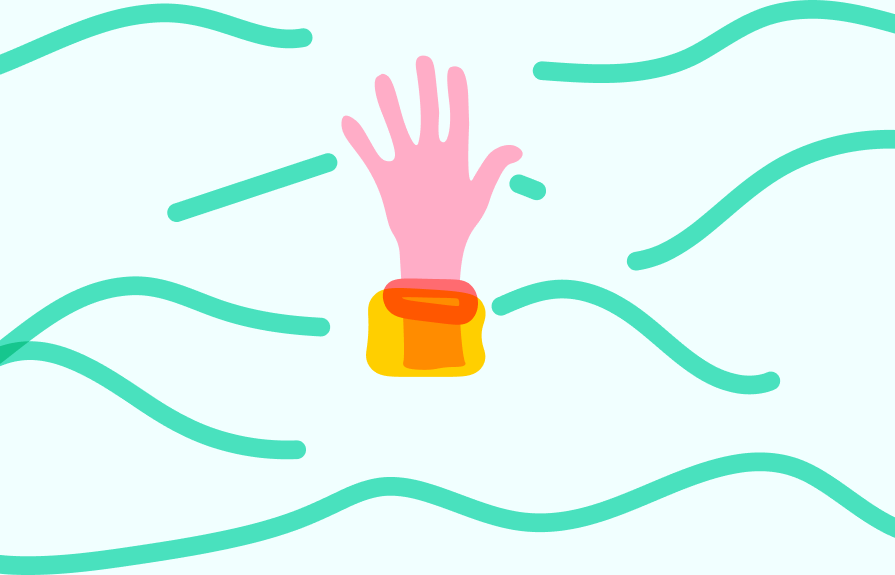Have you ever thought about how you can donate in the best possible way?
Effective Altruism is the answer to that question because the meaning of this concept is, literally, “the greatest good you can do with a donation”. And when we say “greatest” it doesn’t have to do with the amount of money, but with the good impact that donation can cause.
When assertively made, small actions can generate a huge impact, and that’s there’s where the “effectiveness” factor is.
Let’s use the most classic example of this practice: the child drowning.
Peter Singer, an Australian philosopher who created the concept of effective altruism, often tells an anecdote that makes the listener picture himself in the following situation:
A child is drowning in a shallow pond full of mud. Around the child, dozens of people watch the drowning and, even though it is an extremely easy rescue, nobody does anything.
You pass by the lake and see the child drowning, but you are wearing new and expensive clothes. Entering the lake would mean getting your clothes covered in mud and, most likely, ruining them.
The question is simple: would you save this unknown child?
The answer is practically unanimous (at least for those who still have a bit of kindness in their hearts): YES! After all, your clothes may be expensive, but still worth less than a child’s life. Right?
Now, think of a more real and current scenario:
According to the 2022 Global Hunger Index (IGF) report, 828 million people are hungry around the world. Of these people, at least 193 million faces so-called “severe hunger”. In 35 countries, the hunger situation was classified as serious, and in nine, as very serious.
If you haven’t understood the analogy, hunger is the shallow lake, and the drowning children are the millions of people starving.
Save this information!
Okay, now let’s use a real donation as an example.
By donating $1 through Ribon, you provide 3 months and 26 days of fortified food for 1 person, through the NGO Sanku PHC.
Yes, ONE DOLLAR can guarantee more than THREE MONTHS of fortified food for one person!
This is a donation that almost anyone could do, but most don’t because they don’t understand the world’s hunger scenario or don’t know how to donate to these NGOs that fall under effective altruism.
About these people, we can say that they did not notice the child drowning in the lake full of mud.
Now, if you read this data, understood the world hunger scenario, knew a way to donate to effective altruism NGOs, and still chose not to help… I’m sorry to tell you, you are like the person who let the child drown because didn’t want to ruin his new clothes.
What differentiates our current scenario from Peter Singer’s anecdote scenario is just the physical distance between the main character (who saves) and who needs help. Just it. The help needed in both cases is as simple as an outstretched hand, the risks as small as dirty clothes, and preventable death is still preventable death!
Thanks to globalization and the advancement of technologies, today we can offer really efficient help to anyone in need, regardless of where that person is in the world, and with just a few clicks.
But then why don’t we click?
There are those who are suspicious, there are those who prefer to donate to local NGOs, and there are those who are not aware of problems such as hunger… for each one of these reasons, there is someone suffering from preventable causes.
I don’t want to embarrass you or shock you with this information, on the contrary, my goal is to show effective altruism as an optimistic alternative, a way to really change lives with actions that are within our reach.
Isn’t it amazing to imagine that the money from your everyday coffee can substantially improve a person’s life for weeks?
It is worth remembering that this does not mean that effective altruism is the only correct way to give, or that we should not make other donations outside this model. Every type of donation has its impact and its importance.
The main question is: are we aware of how our donations are helping people? Can we be more impactful with the resources we have in our hands?
The answer to these questions may lead you to practice effective altruism more often…or not.
Anyway, you are officially invited to try it!


